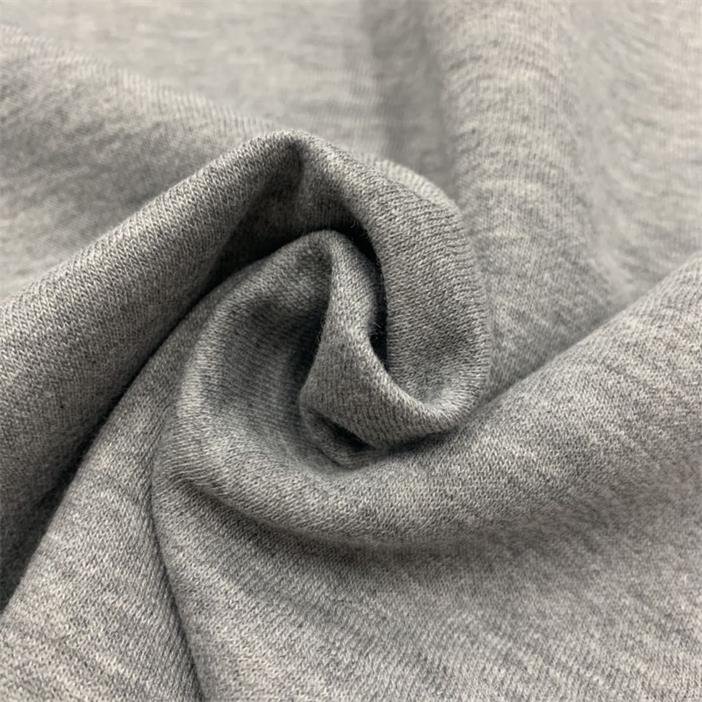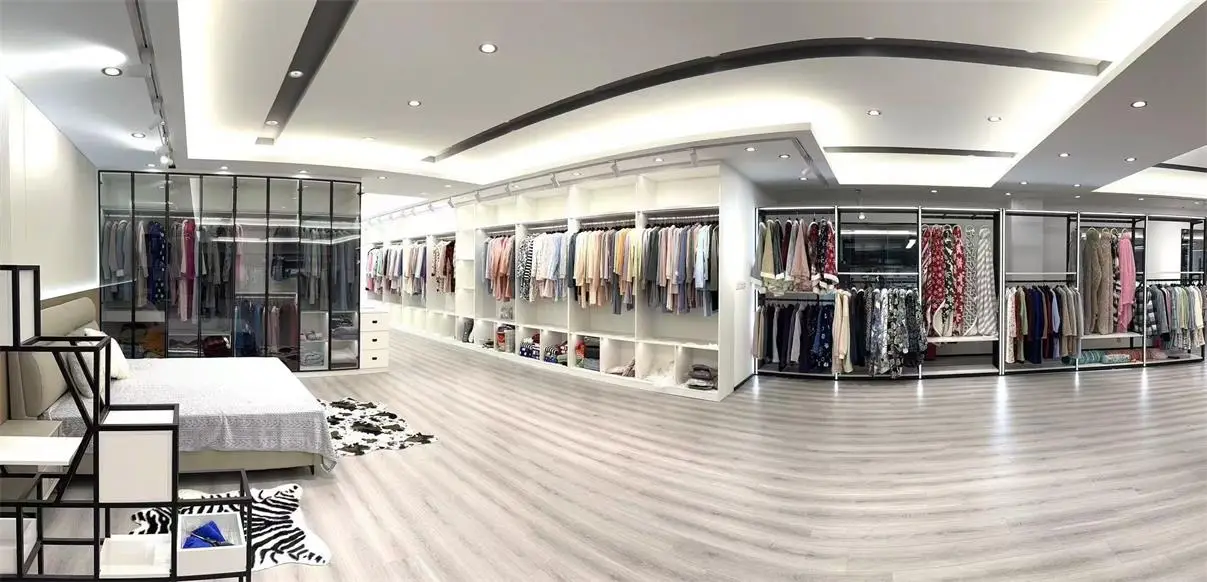Introduction
Sleepwear is more than just what we wear to bed; it’s an essential part of ensuring a comfortable and restful night. The choice of fabric significantly influences the quality, feel, and durability of sleepwear. For businesses involved in the manufacturing and distribution of sleepwear, understanding fabric options and managing production quality are critical to meeting customer expectations and maintaining brand reputation. This article delves into the types of sleepwear fabrics, why they are used, their advantages, and key considerations for procurement and production.
Types of Sleepwear Fabrics
1. Cotton
Cotton is one of the most popular fabrics for sleepwear due to its natural softness and breathability.
- Why Cotton for Sleepwear?
Cotton is lightweight, hypoallergenic, and highly absorbent, making it ideal for warm climates and sensitive skin. - Advantages:
- Excellent breathability
- Natural fiber, gentle on the skin
- Durable and easy to wash
- Affordable
2. Silk
Silk is synonymous with luxury and sophistication in sleepwear.
- Why Silk for Sleepwear?
It offers a smooth and cool texture that glides over the skin, reducing friction and retaining skin moisture. - Advantages:
- Hypoallergenic
- Natural temperature regulation (keeps you cool in summer and warm in winter)
- Luxurious appearance
3. Satin
Satin is a synthetic alternative to silk, offering similar aesthetics at a more accessible price point.
- Why Satin for Sleepwear?
Its glossy finish and soft texture create a high-end feel without the high cost. - Advantages:
- Smooth and shiny surface
- Lightweight
- Wrinkle-resistant
4. Flannel
Flannel is a staple fabric for cold-weather sleepwear.
- Why Flannel for Sleepwear?
Its thick and cozy texture traps heat, making it perfect for chilly nights. - Advantages:
- Warm and insulating
- Soft texture
- Durable
5. Modal
A type of rayon, modal is a semi-synthetic fabric made from beech tree pulp.
- Why Modal for Sleepwear?
It’s known for its silky texture and excellent moisture-wicking properties. - Advantages:
- Ultra-soft and smooth
- Stretchy and retains shape
- Eco-friendly production process
6. Bamboo
Bamboo fabric has grown in popularity for eco-conscious consumers.
- Why Bamboo for Sleepwear?
It’s lightweight, breathable, and highly sustainable. - Advantages:
- Antimicrobial properties
- Moisture-wicking
- Biodegradable
7. Polyester
Polyester is a synthetic fabric often blended with other fibers.
- Why Polyester for Sleepwear?
It is durable and resistant to shrinking and wrinkling. - Advantages:
- Budget-friendly
- Easy to care for
- Long-lasting
8. Jersey Knit
Jersey is a stretchy and comfortable fabric made from cotton or synthetic fibers.
- Why Jersey for Sleepwear?
It’s soft and cozy, making it perfect for relaxed styles like pajama sets. - Advantages:
- Stretchy and comfortable
- Affordable
- Easy to care for
Key Considerations When Choosing Sleepwear Fabrics
Comfort
The primary function of sleepwear is to provide comfort. Fabrics must be soft, non-irritating, and suited to the wearer’s preferences for climate and skin sensitivity.
Durability
High-quality fabrics ensure that sleepwear lasts through multiple washes without losing its softness or structural integrity.
Breathability
For sleepwear, breathability is essential to prevent overheating and ensure a good night’s sleep.
Moisture-Wicking Properties
Fabrics that wick away moisture are ideal for individuals who tend to sweat during the night.
Eco-Friendliness
Sustainable fabrics like bamboo and organic cotton are becoming increasingly important to environmentally conscious consumers.
Procurement Tips for Sleepwear Fabrics
1. Source Reliable Suppliers
Finding suppliers with a proven track record for quality and reliability is crucial. Look for suppliers who provide consistent fabric quality and adhere to ethical production standards.
2. Request Samples
Always request fabric samples to test for texture, weight, and quality before placing bulk orders.
3. Verify Certifications
Ensure the fabrics meet industry standards and certifications, such as OEKO-TEX® or GOTS (Global Organic Textile Standard), for safety and environmental compliance.
4. Negotiate MOQs
Negotiate minimum order quantities (MOQs) that suit your business size and inventory turnover rates.
5. Evaluate Cost vs. Quality
Balance cost considerations with the quality required for your target market. High-quality fabrics may have higher upfront costs but result in better customer satisfaction and fewer returns.
Quality Control in Sleepwear Production
1. Pre-Production Checks
- Conduct fabric inspections for defects, inconsistencies, or color mismatches.
- Confirm fabric shrinkage and weight through testing.
2. In-Production Monitoring
- Ensure cutting, stitching, and finishing are consistent and adhere to design specifications.
- Conduct random inspections during the production process to identify issues early.
3. Post-Production Inspections
- Check the final sleepwear for loose threads, improper seams, or size inconsistencies.
- Conduct wash tests to ensure durability and colorfastness.
Maintaining Quality for Stable Branding
1. Training Factory Staff
Regularly train workers on quality standards and best practices to reduce errors and improve overall production quality.
2. Implementing Technology
Automated sewing and cutting machines are used to improve precision and consistency.
3. Feedback Loops
Gather customer feedback about fabric performance and comfort to make informed adjustments in future production runs.
Conclusion
The fabric choice for sleepwear is a cornerstone of its comfort, functionality, and appeal. For manufacturers and businesses, understanding the nuances of different materials and maintaining stringent quality control are crucial for success. By sourcing reliable suppliers, ensuring thorough inspections, and prioritizing customer preferences, you can establish a reputation for delivering high-quality sleepwear that delights and satisfies.
By investing time and effort into fabric selection and production management, you’re not just creating garments—you’re crafting the foundation for restful nights and happy customers.


